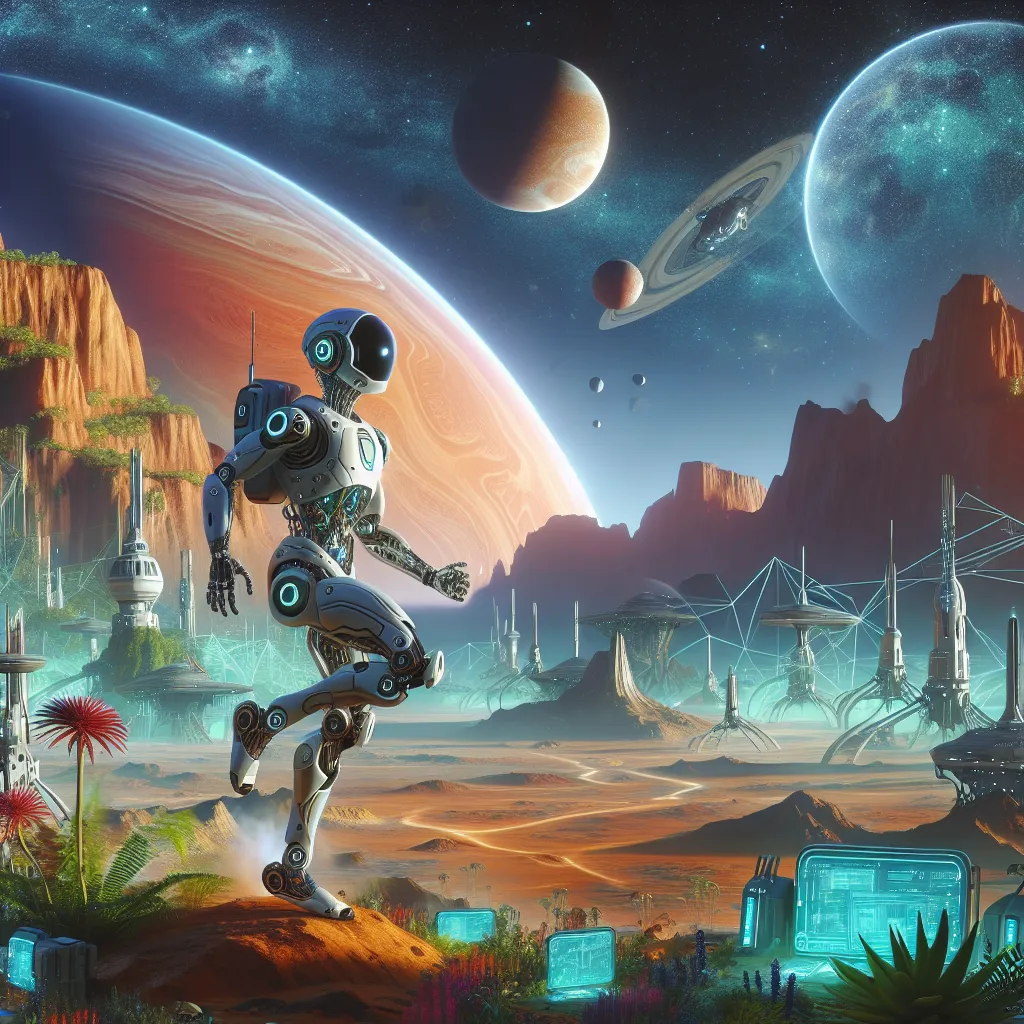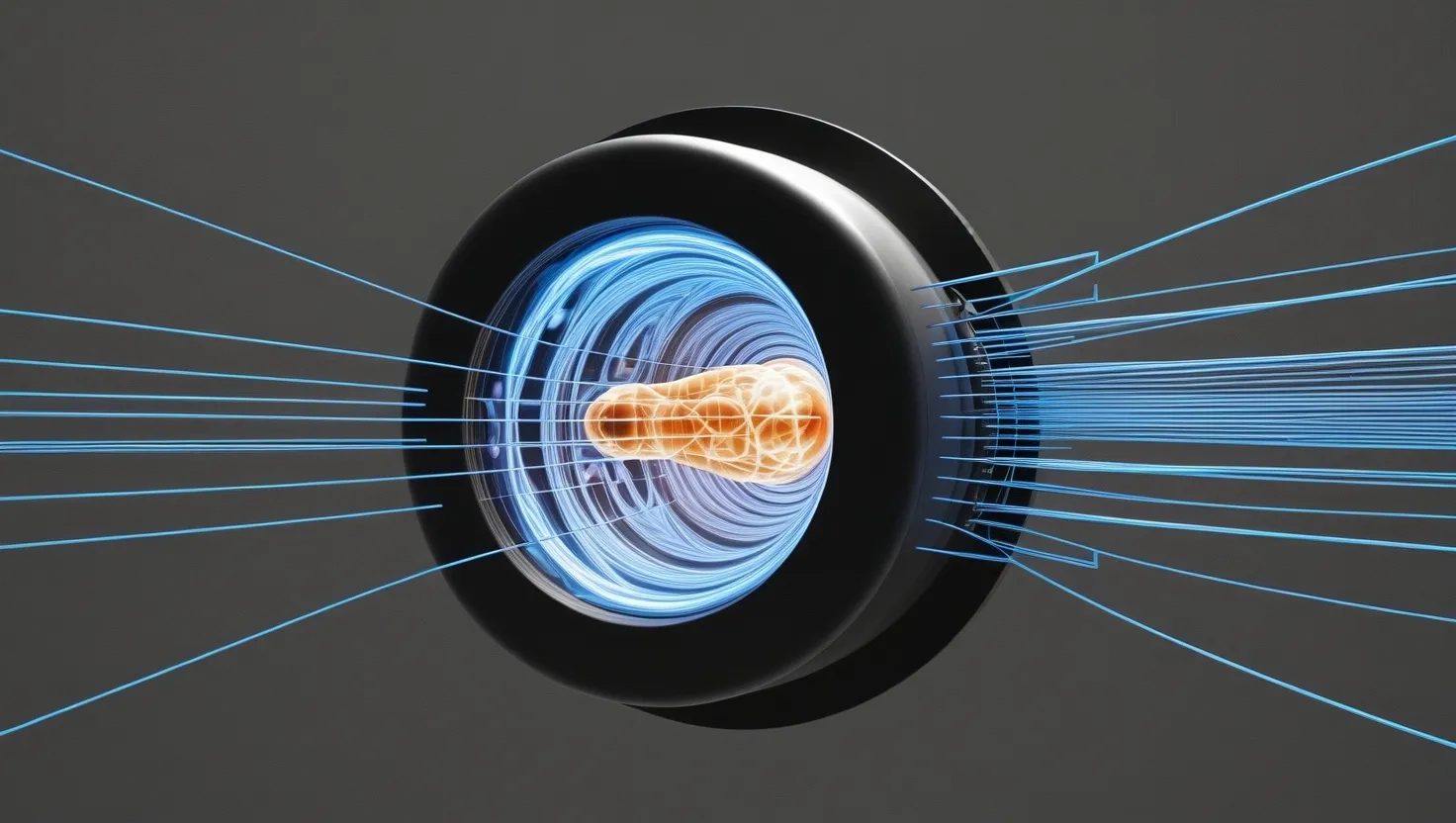In the near future, robots will journey to the farthest corners of the universe. They’ll be the pioneers in colonizing new worlds, leading us into the era of deep space exploration. While sci-fi often paints robots as our nightmares, the reality may lean towards them being our essential helpers.
Back in the 1930s, films like Metropolis showcased robots as malevolent beings, reflecting our darkest fears. By the 1950s, they became even more sinister. Yet, not all depictions have been grim. Robots in sci-fi have evolved from menacing figures to heroic machines in shows and movies, but real robots have struggled to match these on-screen feats.
In reality, robots are fragile and less capable than their silver screen counterparts. Despite their science fiction prowess, lifting a building or tossing Captain Kirk is far beyond their real-life capabilities. However, advancements over recent decades have been significant.
Mobility is crucial for robots. Without it, they can’t fully serve us or explore new terrain. Wheels were the first solution, but they have limitations. Uneven surfaces and stairs can easily thwart them. Engineers then turned to nature for inspiration. Creatures that walk, slither, swim, and fly have been fine-tuned by evolution, offering effective models for robotic locomotion. Many robotic systems have been developed to mimic these natural movements.
For practicality, walking is key. Our world is designed for legged creatures like ourselves. Therefore, robots need to navigate stairs and other obstacles. In attempts to mimic nature, robots have taken varied forms and employed different numbers of legs for stability and movement.
Six-legged robots emerged in the 1980s at MIT. They moved like insects, maintaining balance by always keeping multiple legs on the ground. Despite their stability, they required more motors and power. Nature often needs only four legs for efficient movement, so engineers also pursued quadrupeds for robotic designs.
Two-legged robots present the ultimate challenge due to balance issues. The MIT Leg Laboratory made breakthroughs here. Dynamic balance, as opposed to static, allowed for more natural movements. The lab’s robots could hop and walk, adapting to maintain balance just like humans.
One of the most sophisticated walking robots was the Honda P3, capable of navigating stairs and moving with remarkable human-like agility. While creating humanoid robots presented significant challenges, advancements continued to improve.
Robotic muscles became a game-changer, mimicking the way human muscles work with tendons, greatly enhancing robotic dexterity. Roboticists then focused on developing hands capable of delicate and intricate tasks, mirroring the complexity of human hands.
Autonomous intelligence also needed to evolve. Early robotics assumed interaction with the world would be simple for a computer. Reality proved otherwise. Navigation, obstacle avoidance, and learning environments added layers of complexity that hadn’t been anticipated.
With advances in microchip technology, robots began to operate more effectively and efficiently. However, robust and simpler designs still have their advocates, who look to nature for minimalist yet effective solutions. Mark Tilden’s nervous net technology offers such a promising direction, utilizing simple analog circuits for surprisingly adept behavior.
Robots have even ventured into military use, from reconnaissance to potentially engaging combat. Autonomous robots in space exploration have paved the way for more advanced Rovers, like NASA’s Sojourner and Rocky 7, designed to investigate other planets. They prove invaluable by performing tasks that would be dangerous or impossible for humans.
One day, it is envisaged, robots will precede human colonizers, constructing habitats on distant planets. They may even be our first ambassadors in contacting alien civilizations.
While fears of robots overtaking us exist, current technology is still far from making it a reality. Our most advanced robots are still rudimentary compared to human capabilities. However, just as we grow and evolve, so do our robotic creations. They might someday surpass their creators, not as overlords, but as sophisticated extensions of human ingenuity, exploring and inhabiting the universe in ways we have only dreamed of.






